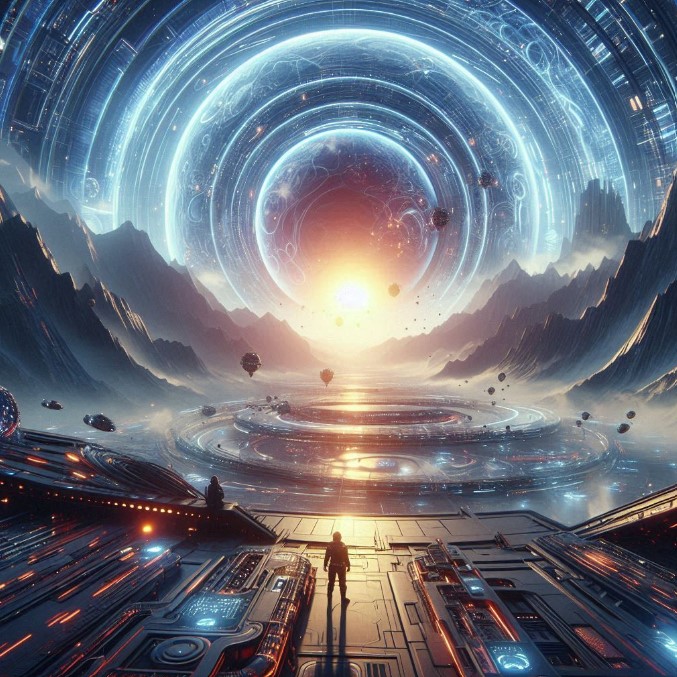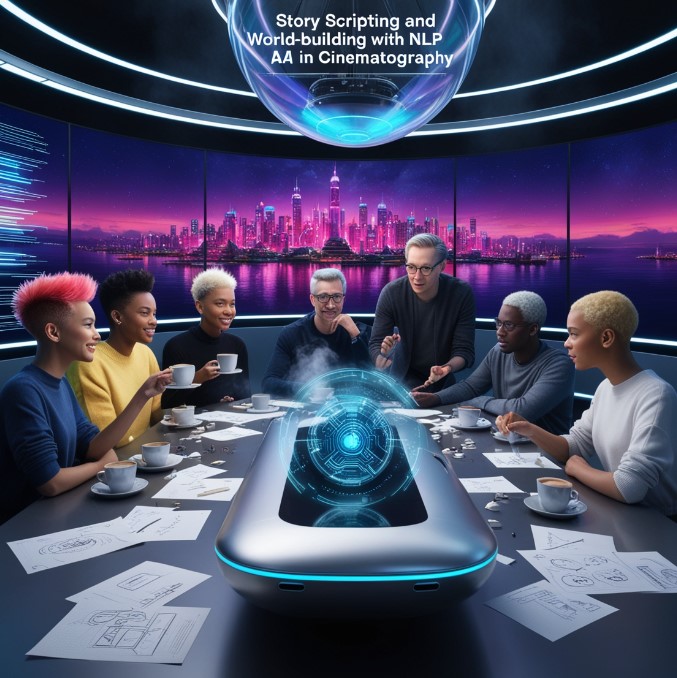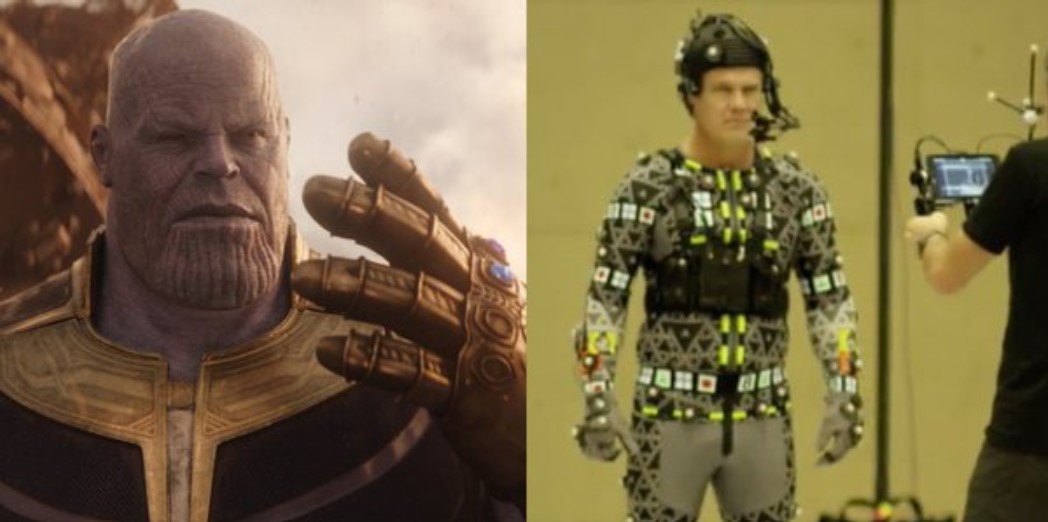Introduction
The evolution of science fiction (sci-fi) and fantasy films has been a journey of spectacular imagination and technological innovation. In the mid-20th century, practical effects—such as meticulously crafted miniatures, intricate prosthetics, and complex mechanical puppetry—laid the foundation for transporting audiences to fantastical worlds. Directors like George Lucas and Stanley Kubrick pioneered these techniques, using practical effects to breathe life into their visions of galaxies far, far away and dystopian futures.
However, as storytelling ambitions grew, so did the limitations of these traditional visual effects (VFX). Miniatures and animatronics, while impressive, lacked the fluidity and scalability required for truly immersive and dynamic worlds. With the advent of digital technology in the late 20th century, the industry witnessed a seismic shift towards computer-generated imagery (CGI), opening new horizons for creativity and realism in film. Yet, even CGI had its boundaries, often resulting in prolonged production times and escalating costs.
Enter the era of artificial intelligence (AI). By using AI, computers, and machine learning, filmmakers can make very real and complicated pictures much faster than before. Generative AI models, for instance, can autonomously create entire landscapes or characters, significantly reducing the need for manual modelling and animation. These technologies not only streamline the production process but also enhance the visual storytelling, allowing for worlds that adapt and evolve in real-time based on narrative needs.
The global VFX market reflects this rapid technological advancement, with a staggering growth trajectory that underscores the increasing reliance on AI.
Demand for immersive, high-quality content will drive the global animation and visual effects market to reach US$ 401.0 billion by 2030, expanding at a compound annual growth rate (CAGR) of 11.5% between 2022 and 2030 (Report Ocean, 2022).
This meteoric rise highlights how AI is changing the landscape of sci-fi and fantasy filmmaking, pushing the boundaries of what is visually possible and forever altering the way we experience cinematic worlds.
The Role of AI in Sci-Fi and Fantasy Films

Creating the mesmerising visuals that define sci-fi and fantasy films often involves intricate and time-consuming processes. Enter AI—an increasingly indispensable tool transforming every stage of filmmaking, from conceptualisation to post-production. Here’s a look at how AI technologies are revolutionising the way we bring fantastical worlds to life on screen.
Pre-Production
Concept Art Generation with Generative AI
Think of the ease with which you could sketch the majestic vistas of an enchanted kingdom or the ethereal landscapes of an alien planet.
Generative Adversarial Networks (GANs),a type of AI, can make pictures from words or ideas. For example, a director can say “bright, colorful cyberpunk city” or “green, glowing forest”, and the AI will draw different pictures.
This helps filmmakers try out many different looks quickly, saving lots of time.
The AI in VFX market will soar to USD 714.2 million by 2030, expanding rapidly at a 25% CAGR from 2023 to 2030 (Industry ARC, 2023).
Generative AI helps creators quickly change and improve designs, making the creative process faster, easier, and full of new ideas.
Location Scouting with Computer Vision and AR/VR
Finding the perfect filming location for an interstellar battlefield or a mythical island can be a daunting task. AI tools make this easy by using computers to look at drone videos and satellite pictures. They find places that look like what the director wants.
These tools can find special places and buildings that match the director’s ideas for a science fiction or fantasy movie. Additionally, augmented reality (AR) and virtual reality (VR) allow filmmakers to virtually “scout” these locations.
Using AI, people can see a 3D copy of a place before they go there. This helps them plan what to do and make better choices before they start filming. It saves time and helps make better, more creative movies.
Story Scripting and World-Building with NLP

AI can also contribute to the narrative foundation of a film. Natural Language Processing (NLP) algorithms analyse vast datasets of existing sci-fi and fantasy stories to generate scripts or provide world-building suggestions.
While AI-generated scripts can offer unique plot ideas or dialogues, they serve primarily as a tool for inspiration rather than a replacement for human creativity. Writers can use these AI-generated concepts as a springboard, infusing their personal touch and nuanced storytelling to craft compelling narratives.
In world-building, NLP can generate detailed lore or backstory elements, providing a rich tapestry of ideas for writers to expand upon, ensuring that the final script maintains the depth and originality that audiences expect.
Production
Real-Time Motion Capture and Character Animation with AI and AR/VR
AI’s influence extends to the creation of fantastical creatures and characters. Advanced motion capture systems, powered by AI, can analyse an actor’s performance in real-time, translating their movements into realistic digital animations.
This technology is invaluable for bringing to life characters with exaggerated features or non-human forms, such as dragons or robots, ensuring their movements are both fluid and believable. Additionally, AR and VR technologies enhance on-set performance visualisation, allowing actors and directors to see and interact with these digital characters as they perform, leading to more integrated and compelling scenes.

One example of this is the portrayal of Thanos in the Marvel Cinematic Universe. Played by Josh Brolin, the character required extensive CGI to bring him to life. However, it was the use of neural networks that enabled the VFX team to capture Brolin’s facial expressions and seamlessly transfer them onto the digital character. This not only enhanced the realism of Thanos’ emotions but also allowed for a more nuanced performance.
Intelligent Set Design and Lighting with Computer Vision
AI-driven computer vision can transform set design and lighting, essential elements in achieving the desired sci-fi or fantasy aesthetic. By analysing reference images or existing environments, AI can suggest optimal set designs that align with the visual style of the film.
It can also recommend lighting setups that enhance the mood and atmosphere, whether it’s the eerie glow of an alien planet or the warm ambiance of a mediaeval castle.
This intelligent approach to set design and lighting not only enhances the visual impact but also streamlines the production process, reducing the need for extensive manual adjustments and allowing for more efficient use of resources.
Post-Production
Automated VFX Workflows with Machine Learning and GPU Acceleration
In the realm of post-production, AI significantly enhances efficiency through automated VFX workflows. Machine learning algorithms automate labor-intensive tasks like rotoscoping, meticulously editing individual frames to blend live-action and digital effects, and green screen keying, removing backgrounds to insert new ones.
By automating these repetitive tasks, AI frees VFX artists to focus on the more creative aspects of visual effects, such as designing intricate digital environments or refining the realism of CGI characters. Furthermore, powerful GPUs play a crucial role in accelerating AI-powered rendering and post-production processes, enabling faster computation and real-time feedback.
This combination of machine learning and GPU acceleration ensures that the final visuals are polished and delivered with a level of detail and sophistication that meets the high standards of modern audiences.
AI technologies are revolutionising sci-fi and fantasy filmmaking, providing new tools and techniques that boost creativity, streamline production, and elevate visual storytelling. As these technologies continue to advance, they promise to push the boundaries of what’s possible in the cinematic portrayal of imaginative worlds.
What We Can Offer as TechnoLynx
At TechnoLynx, our expertise lies in providing AI services that can support the demanding requirements of modern AI-driven VFX.
Our high-performance GPU acceleration service can help handle immense computational loads required for rendering complex visual scenes. This service provides the raw power needed for AI algorithms to function at their best, ensuring seamless performance during tasks such as real-time motion capture and automated VFX workflows.
Our IoT edge computing solutions deliver local computing power where it’s most needed for on-set data processing and real-time AI applications. This allows for immediate data analysis and AI processing on location, facilitating real-time adjustments and ensuring that production teams can respond dynamically to the demands of the shoot.
Apart from this, we also provide NLP, Generative AI, and Computer Vision services that can help elevate the cinematography experience of filmmakers to a whole new level, as discussed in the blog.
By working collaboratively with filmmakers, we aim to push the boundaries of sci-fi and fantasy visuals, enabling new levels of creativity and innovation in cinematic storytelling. Contact us now to start the journey!
Conclusion
AI is revolutionising sci-fi and fantasy filmmaking, opening up new horizons for visual storytelling. It enables the creation of stunningly realistic worlds, fantastical creatures, and intricate visual effects with unprecedented efficiency and creativity. However, the integration of AI in film also raises ethical considerations, such as the potential for job displacement among VFX artists. As AI automates certain aspects of visual effects, it’s crucial to address these concerns and ensure that the technology complements rather than replaces human creativity.
Looking ahead, the future of AI in film is bright, with tremendous potential for collaboration between humans and machines. By harnessing the strengths of AI and the unique artistic vision of filmmakers, we can create cinematic experiences that are more immersive and awe-inspiring than ever before. At TechnoLynx, we are excited to be part of this transformative journey, providing the technological foundation that supports and enhances the artistry of filmmaking.
As we continue to innovate and evolve, we remain committed to working hand-in-hand with filmmakers to push the boundaries of what’s possible in the realm of sci-fi and fantasy cinema.
References
-
Industry ARC. (2023). AI in VFX Market – Forecast (2023-2030). Industry ARC. Retrieved June 27, 2024.
-
Quora. (2019). Is Thanos all CGI or is Josh Brolin undergoing hair and makeup before shoots? Quora. Retrieved June 28, 2024.
-
Report Ocean. (2022, April 27). Animation and VFX Market Size, Share & Trends Analysis - Global opportunity analysis and industry forecast 2030. Report Ocean. Retrieved June 30, 2024.













